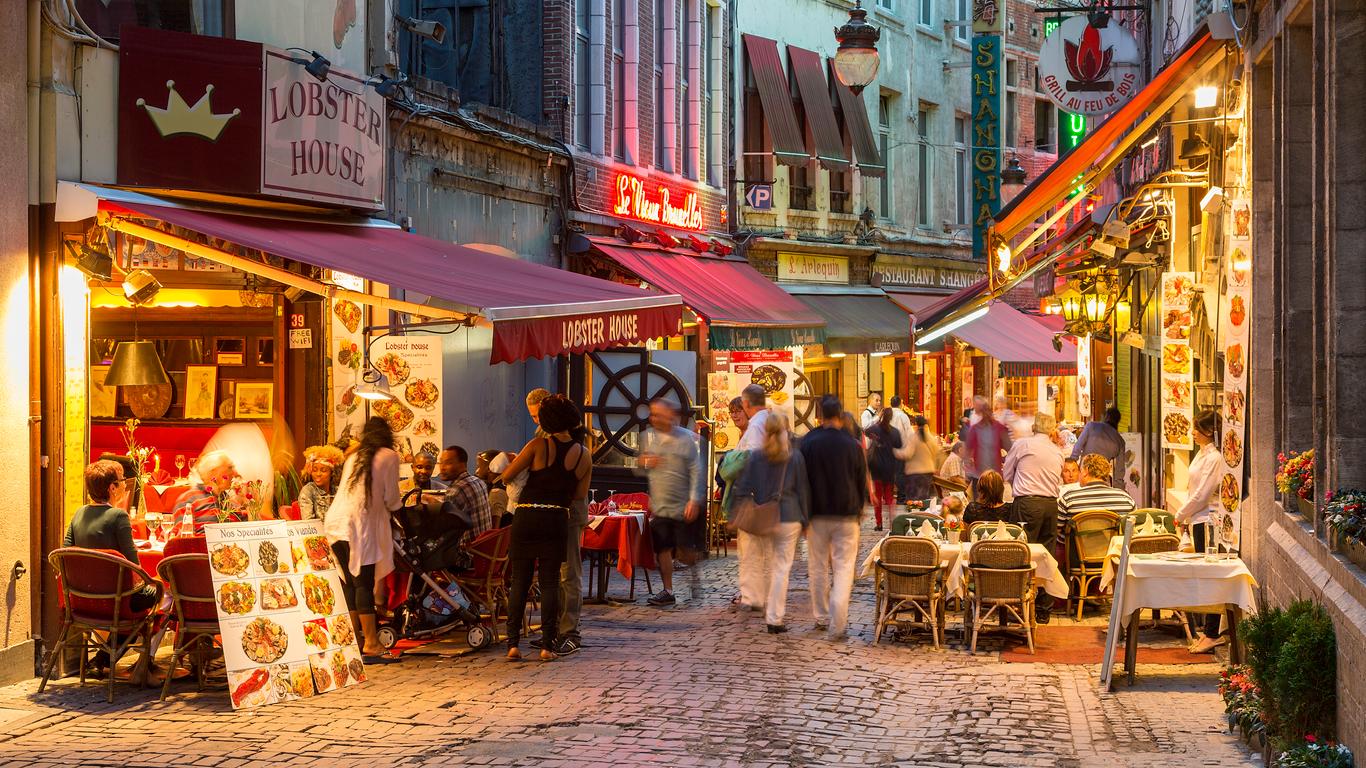Renowned for its spectacular architecture and world-class museums, Brussels City Centre lies in the historic heart of the Brussels-Capital Region. It was originally established as a small settlement on the River Seine before becoming a major political hub. Today, it serves as the administrative centre of the European Union.
Things to do in Bruxelles-Ville
In the heart of Brussels City Centre is Grand Place, a lively square surrounded by Baroque guild halls and the Flamboyant Gothic-style Town Hall. Occupying the Neo-Gothic King’s House is the Brussels City Museum, where you can learn about the Belgian capital’s founding and development. In addition to tapestries and paintings, the collection includes a model of the town during the Middle Ages.
One of the city’s most beautiful churches is the Eglise Notre-Dame des Victoires au Sablon, which was built in the 15th century in a Brabantine Gothic style. It features stained-glass windows depicting royalty and a Baroque pulpit by Marc de Vos, as well as a triptych by the Flemish painter Michiel Coxie. Nearby are the Musee Oldmasters and the Musee Magritte, as well as the monumental Palais de Bruxelles.
On the northern edge of Brussels City Centre is Le Botanique, a magnificent greenhouse that once formed part of the Brussels Botanical Garden. Today, it serves as a cultural centre and hosts a range of performing arts. Admire its domed central rotunda and Neoclassical facade while strolling through the surrounding gardens.
Getting around Bruxelles-Ville
Brussels City Centre is around 20 minutes’ drive from Brussels Airport, which has flights to destinations across the globe. Inter-city trains and subway services connect to the Bruxelles-Central railway station while buses travel throughout the area. Most of Brussels City Centre’s attractions can be accessed on foot.





